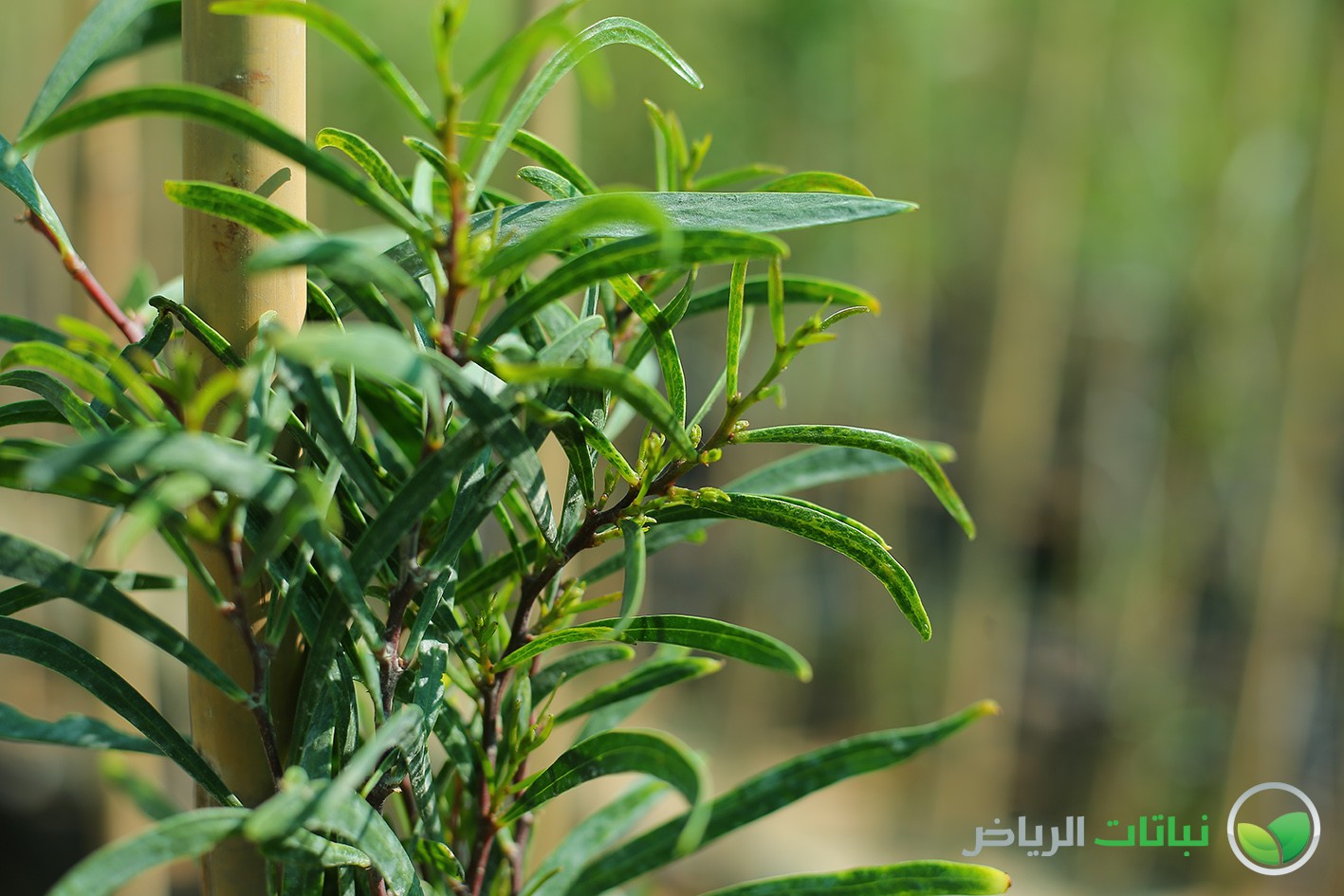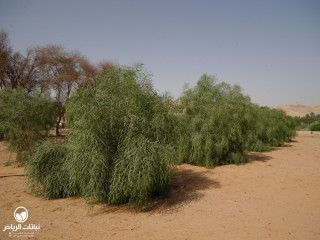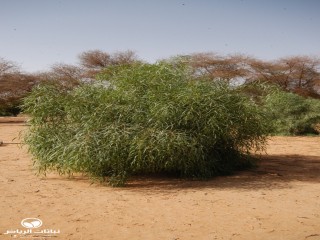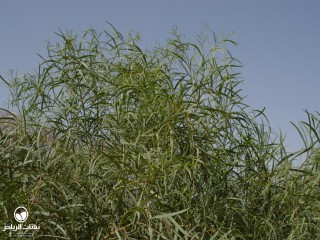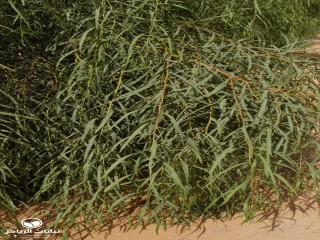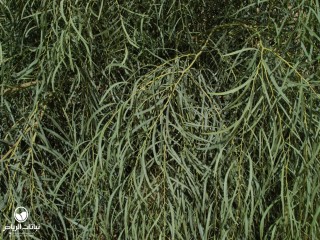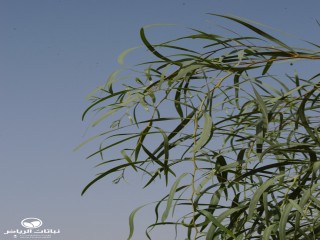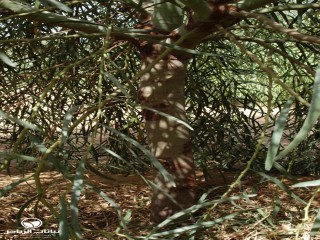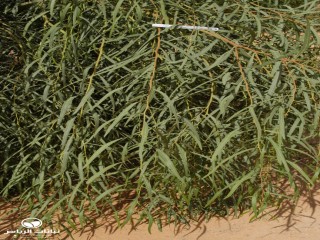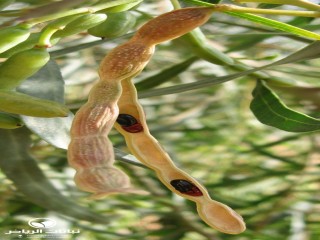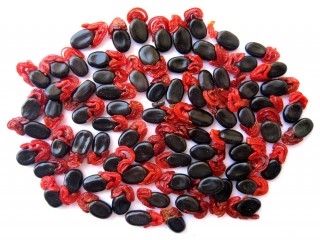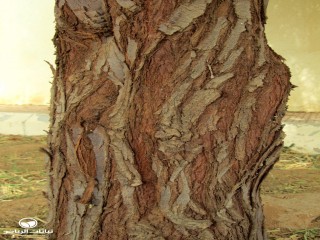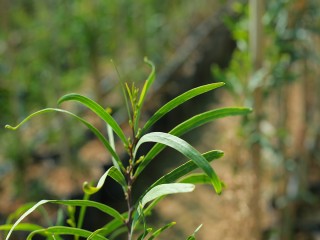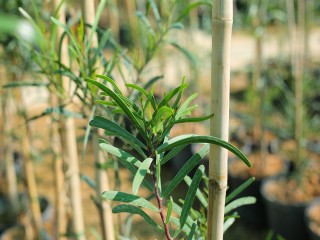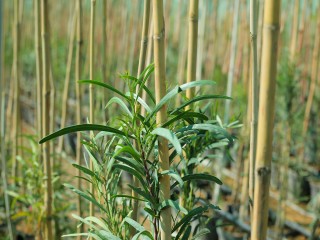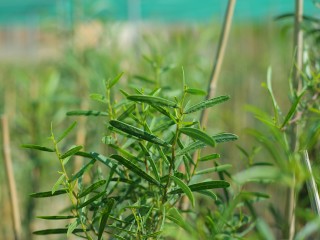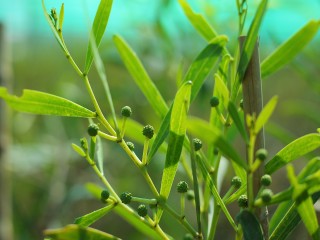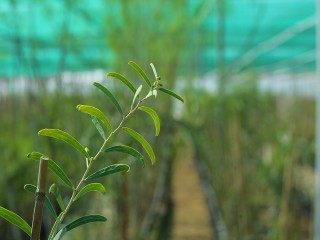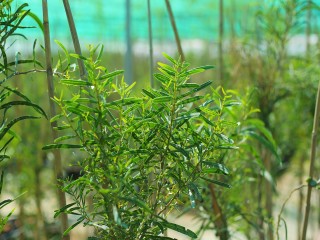Riyadh Plants
Salt Wattle
This tall shrub or tree, recently introduced in ArArriyadh, is native to Australia, where it grows along watercourses or in swales and drainage lines in hilly country on heavy, sometimes saline, alkaline soils. Such topographical situations are similar to those of the shallow wadis and rowdahs of the Arriyadh region, where water collects after winter rains. In fact, the tree can withstand dry periods of up to nine months. Acacia ampliceps is a fast-growing but relatively short-lived species with a life span of usually not more than 50 years. It has a spreading habit with canopy stems branching from the ground. Sometimes, the plant is almost prostrate. Pendulous branchlets have thin, light-green, lanceolate phyllodes. The flowers are in white to cream, with globose heads. For a while, there was a confusion of this species with A. salicina. Highly tolerant to salinity, the tree is, however, frost-sensitive. The foliage can also be susceptible to insect attack. Propagation is by seed. Where coppicing is necessary as a maintenance measure, the tree responds well. For landscaping purposes, the tree’s thick foliage makes it an ideal plant for screening, while the prostrate form makes for a good groundcover shrub. Unfortunately, it sends up many suckers, limiting its use near a lawn, for example. Regional studies have shown that A. ampliceps has great potential for use in the reclamation of sabkah areas, as a low windbreak, in dune rehabilitation and erosion control projects. It is also suitable as fodder in arid areas.
